How to Deep Clean Tile Floors: Your Ultimate Guide
A clean and happy home is all we want, but it can be tough to keep things spotless, especially with a large family. Regular cleaning is the best way to maintain the shine of your tile floors, but sometimes, basic cleaning tools like brooms and mops don’t cut it.
Tile floors are exposed to a lot of wear & tear, from scuffs caused by constant foot traffic to spills that stain the tiles and grout. Sometimes, even scrubbing isn’t enough for the toughest cleaning jobs.
So, when it comes to deep cleaning tile floors, the key is to work smarter, not harder.
Here, we will help you learn how to deep clean tile floors and achieve spotless results. So, let’s get going step by step:
Steps for Deep Cleaning Tile Floors
Regularly sweeping and mopping your tile floors will take care of the majority of your cleaning needs. However, every now and then, when you notice the grout lines become discoloured and the initial shine getting faded, it’s time for deep cleaning.
While the Tile Cleaning Melbourne process isn’t too complex, there are specific details you must consider to achieve the best possible results.
-
Remove Dirt and Dust
The first thing you need to do is clean your tile floors, which is simple but very important.
To get rid of dirt and dust, there are two steps: sweeping and vacuuming.
Start by using a soft broom with flexible bristles to sweep the entire area. This type of broom is gentle on your tile and won’t cause damage. Avoid using brooms with stiff, coarse bristles or straw bristles. You can use either an angled or push broom or one made for smooth surfaces. It’s also a good idea to use a plastic dustpan, not a metal one, to avoid scratching the tile.
After sweeping thoroughly, vacuum cleaners pick up any remaining dirt or dust.
Canister vacuums are a great choice for this job because they have special attachments for cleaning tile and other hard floors. They also come with smaller tools that make it easier to clean corners and tricky spots.
Avoid using an upright vacuum unless it’s specifically designed for tile floors. Upright vacuums often have brush bars with rough bristles that can harm your tiles.
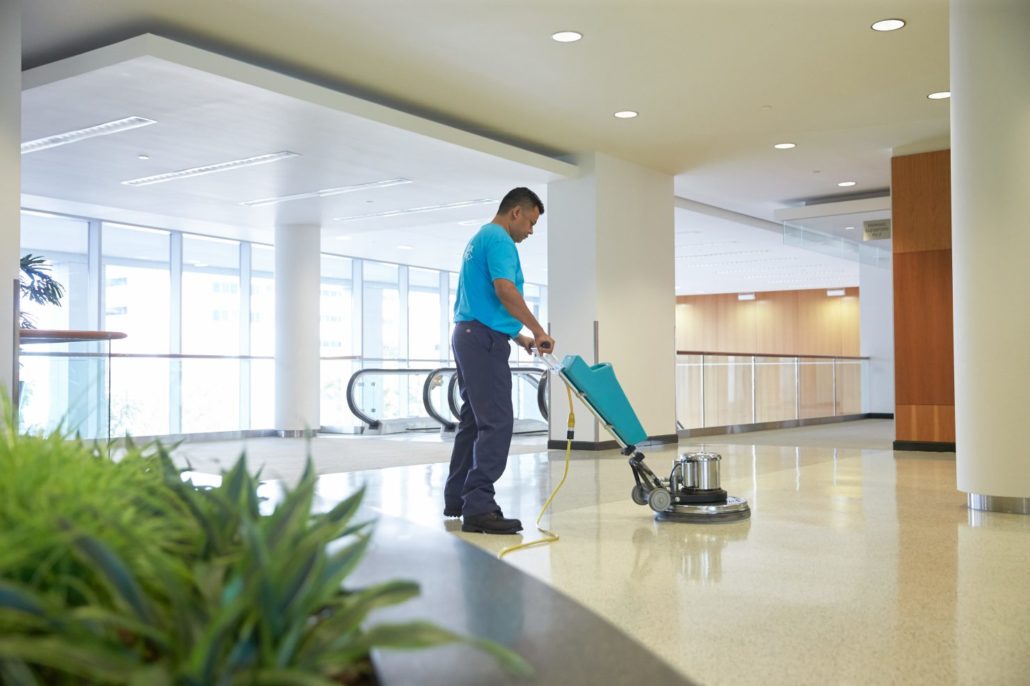
-
Choose the Right Cleaner for Your Tiles
Before you start cleaning your tile floors, you need to choose a suitable cleaner.
You will get multiple options based on the type of your tiles and their condition. Some cleaners might work on everything, and others might be only useful for certain conditions. Here are three major tile cleaning solutions you should consider:
Chemical Products
Chemical cleaning products, which often contain strong ingredients like bleach and ammonia, are popular choices for cleaning tasks. They are the most preferred cleaners because of their exceptional cleaning properties that can easily disinfect surfaces and break down tough stains.
However, it’s important to know that these products can potentially harm your health. The chemicals, especially ammonia and the strong smells they produce, can cause problems if you’re exposed to them for too long. This may include eye and throat irritation, headaches, dizziness, and even skin allergies.
To protect yourself when using these products, it’s a good idea to wear rubber gloves and a mask to reduce the risk to your health.
Natural Solutions
If you want to avoid using chemical cleaning products and protect your health, you can try natural alternatives. Some good options are mixing baking soda with hydrogen peroxide and using white vinegar with warm water.
These natural ingredients work just as well as store-bought cleaners. For example, a mix of baking soda and hydrogen peroxide can make tiles and grout white, like bleach does. Vinegar is also great for cleaning and disinfecting non-carbonate tiles because of its acid properties.
Dry Solutions
If you’re having minor stains and cleaning concerns like scuffs and spills, dry solutions can be just as effective for serious cleaning tasks. These liquid cleaning options are excellent if you need to swiftly and thoroughly clean a specific area on your tile floor.
-
Clean the Tiles
When cleaning marble and similar tile surfaces, avoid acid-based cleaners, as they can cause discolouration and damage to your flooring. Instead, opt for a mixture of baking soda and hydrogen peroxide. Apply this solution to the floor using a mop or a clean cloth. Finish the cleaning process using a steam mop to disinfect the surface and remove any remaining dust and dirt.
For ceramic tile floors, porcelain, and other similar tile surfaces, the most effective solution is to use bleach, ammonia, or other acidic cleaners such as calcium lime rust. If you prefer natural alternatives, consider using sodium bicarbonate powder, hydrogen peroxide, vinegar, or citric acids.
To apply these cleaning solutions, use a clean mop, rag, or a similar cleaning tool that allows for generous application on the surface.
If the condition of your tiles requires too much efforts or is complicated, consulting tile cleaning Melbourne experts is always a good option.
-
Clean Grout Lines
Grout possesses exceptional porous properties, making it a magnet for grease, grime, and dirt. This can happen due to either the absence of a proper sealant or the gradual degradation of an existing sealant. Regardless of the cause, there are straightforward methods to restore its cleanliness.
For this task, you’ll require a handheld brush with stiff, preferably nylon bristles. When scrubbing, take care not to exert excessive force, as it could harm your grout.
Cleaning grout demands getting down on the floor, so consider buying a comfortable knee pad, especially if your home has a lot of tile flooring.
Here are several techniques for effectively cleaning grout:
- Water: Begin by spraying warm water on the grout and then gently scrub it with a stiff-bristle brush or a firm toothbrush that matches the grout width. Finish by rinsing with clean, warm water. This method is suitable for all types of tile.
- Vinegar and Water: Mix equal parts of white or cleaning vinegar with warm water in a spray bottle. Direct the spray onto the grout lines, let it sit for five minutes, and then scrub. Thoroughly rinse with clean, warm water. Do not use vinegar on stone tiles like slate, granite, marble, soapstone, or limestone.
- Baking Soda Paste and Vinegar: Create a paste using baking soda and water, covering the grout lines. Follow this with a spray of a solution made of half water and half vinegar. Once the foaming stops, scrub and rinse with warm, clean water. Avoid using vinegar near stone tiles like slate, granite, marble, soapstone, or limestone.
- Hydrogen Peroxide: Apply hydrogen peroxide directly to the grout or create a paste with baking soda. This technique is suitable for all types of tiles.
- Oxygen Bleach: Make a paste by mixing water with oxygen bleach and applying it to the grout lines. Let it sit for 15 minutes, then scrub for stubborn stains and rinse with clean, warm water. This method works for all types of tile.
Alternatively, you can opt for a grout cleaning product specifically designed for your floor type. When selecting one, aim for a neutral product with a pH of 7 that doesn’t contain harsh chemicals. Also, avoid products with dyes, as they may change the colour of your grout.
-
Remove Stubborn Stains
If you’ve got a tough stain on your tile from things like paint, oil, wax, or pet messes, you should try to clean it as soon as possible to improve your chances of removal.
Sometimes, a regular cleaner might work, but you must be careful with certain types of tile.
A good option for cleaning stains on all types of tiles is hydrogen peroxide. It’s great for stains from things like coffee, tea, juice, ink, markers, or foods like beets and pomegranates. After cleaning the tile, dab (not wipe) the stain with hydrogen peroxide using a lint-free cloth.
If you have a stain from oil-based stuff like food or paint, start by pouring club soda on it and then rinse with water. You can also try a liquid cleaner with bleach, ammonia, mineral spirits, or acetone. Never mix bleach and ammonia because it’s dangerous. Pick one of them, gently blot the stain, and rinse with clean water.
For iron or rust stains, use a poultice. It’s made by mixing a white absorbent material like baking soda with a liquid cleaning agent. This paste will pull the stain out of the tile. You can also use white cotton or gauze. Sometimes, it takes about 24 hours to work.
If you’ve got a small paint stain, you can use lacquer thinner to weaken it and then gently scrape it off with a razor. But for bigger stains, you might need a stronger paint thinner. Always protect your hands, eyes, nose, and mouth when using these chemicals. Follow the instructions on the product and test a small area first to see how it affects the tile.
In some cases, especially with stubborn stains like rust, you might have to call a professional. Some stains are really hard to remove with DIY methods.
-
Mop the Floor
The choice of mop can make a significant difference in your cleaning process.
It’s best to avoid sponge mops as they absorb dirty water and then spread it back onto your tiles and grout. Instead, opt for a microfiber or chamois-style mop, a flat mop, or a cloth, or even use a soft, lint-free cloth on your hands and knees for optimal results.
If you’re cleaning with warm water and mild soap or a specific cleaning solution designed for your type of tile, make sure to change the water regularly. Continually pushing around dirty water will defeat the purpose of cleaning and leave your tiles looking cloudy.
For those using a spray cleaner, avoid over-saturating the floor. Clean and spray your floor section by section, and rinse with warm water as necessary.
If you notice a haze on your tiles after mopping, consider flushing with water again or using an all-purpose cleaner suitable for your flooring type.
During the mopping process, use a gentle back-and-forth motion. Start in one corner and work your way backward to the opposite side of the room to prevent walking on freshly cleaned areas. You can also use disposable booties over your shoes to avoid tracking dirt as you clean.
-
Dry the Floor
After you’ve completed the mopping and wiping, it’s essential to dry it.
Leaving it to air dry naturally may result in unsightly water spots and streaks. Moreover, the grout can absorb stagnant water, leading to eventual expansion and cracking.
Right after cleaning, grab a lint-free cloth to dry and polish the floor. You can use your foot to gently move the cloth across the tiles, employing either a back-and-forth or circular motion until the entire floor is thoroughly dried.
FAQs
How often should I deep clean my tile floors?
Deep cleaning tile floors every 6-12 months is recommended, but frequency depends on foot traffic. Regular sweeping and mopping can extend the time between deep cleans.
Can I use regular household cleaners on tile floors?
It’s safe to use regular household cleaners on tile floors, but be cautious with acidic or abrasive cleaners, as they can damage grout or the tile’s finish. Opt for pH-neutral or tile-specific cleaners.
Should I hire a professional for deep cleaning my tile floors?
Hiring a professional for deep cleaning is advisable, especially if your tiles have stubborn stains or grime. Professionals have specialised equipment and expertise for thorough, safe cleaning.
How can I maintain the shine and lustre of my tile floors after deep cleaning?
To maintain shine and lustre, avoid abrasive scrubbers and acidic cleaners. Regular sweeping and gentle mopping with a pH-neutral cleaner will preserve your tile floors. Consider applying a sealer for added protection.
How long does it typically take to deep clean tile floors in a standard-sized room?
Deep cleaning a standard-sized room typically takes 2-4 hours. Factors like room size, level of dirt, and drying time may vary, but professionals can provide a more precise estimate.
Summing It Up
Taking care of your tile floors isn’t just a chore; it’s an investment in your home’s beauty and durability. Our step-by-step guide for deep cleaning tile floors has helped you make your living space look fantastic without much effort.
From picking up the right products to applying the best cleaning methods, we have covered it all.
Remember, a clean floor not only makes your home look better but also keeps it healthier and more hygienic. So, follow our tips and see your tile floors shine and give your home a fresh new look.
And if you need assistance of tile cleaning Melbourne professionals, you can trust Total Floor Service for spotless results. Our team has vast experience in deep cleaning tile floors and utilises advanced tools to ensure customer satisfaction. Reach out to us and experience the difference yourself!


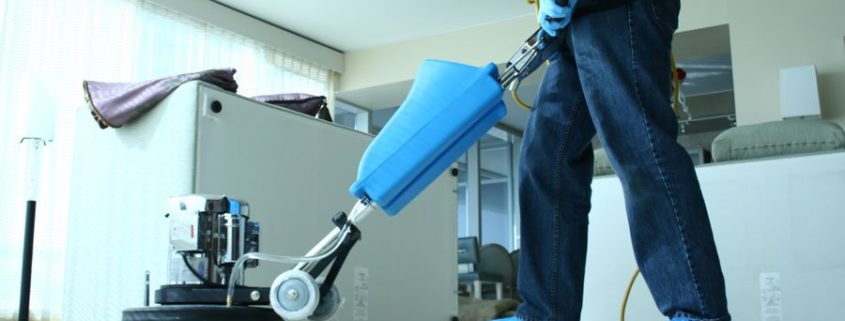

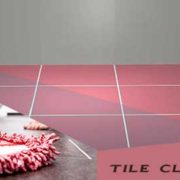

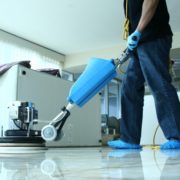
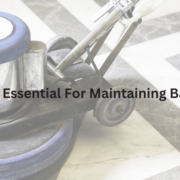


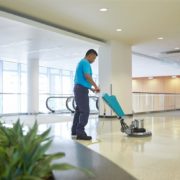
 Address:
Address:  Phone:
Phone:  ABN: 63 602 512 489
ABN: 63 602 512 489




